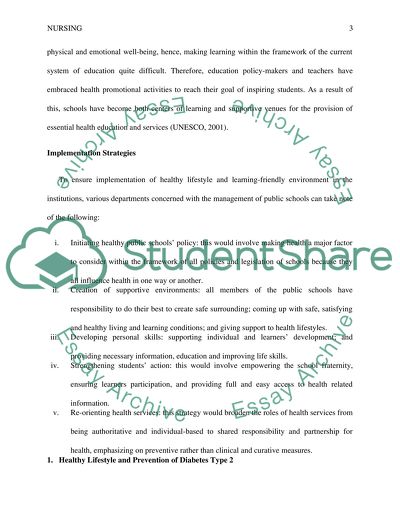Cite this document
(“Community Health of Kansas City, Missouri - The Nurses Role within an Research Paper”, n.d.)
Retrieved from https://studentshare.org/nursing/1467843-community-health-of-kansas-city-missouri-the
Retrieved from https://studentshare.org/nursing/1467843-community-health-of-kansas-city-missouri-the
(Community Health of Kansas City, Missouri - The Nurses Role Within an Research Paper)
https://studentshare.org/nursing/1467843-community-health-of-kansas-city-missouri-the.
https://studentshare.org/nursing/1467843-community-health-of-kansas-city-missouri-the.
“Community Health of Kansas City, Missouri - The Nurses Role Within an Research Paper”, n.d. https://studentshare.org/nursing/1467843-community-health-of-kansas-city-missouri-the.


